
Sid Fleischman’s 1987 Newbery winning book, The Whipping Boy, is about spoiled Prince Horace (Prince Brat by his subjects behind his back) who has a servant for everything, including taking his whippings. But when he runs away, and takes his whipping boy, Jemmy, with him, Prince Horace learns that only by experiencing the harsh realities of his kingdom for himself can he have what he truly wants. Told mainly from the perspective of Jemmy, readers go on a wild romp through the early modern countryside meeting ruffians like Hold-Your-Nose-Billy and Cutwater, and the only thing more surprising than to discover that there really were whipping boys, is that horrible Prince Horace becomes much less horrible by the end of the book.
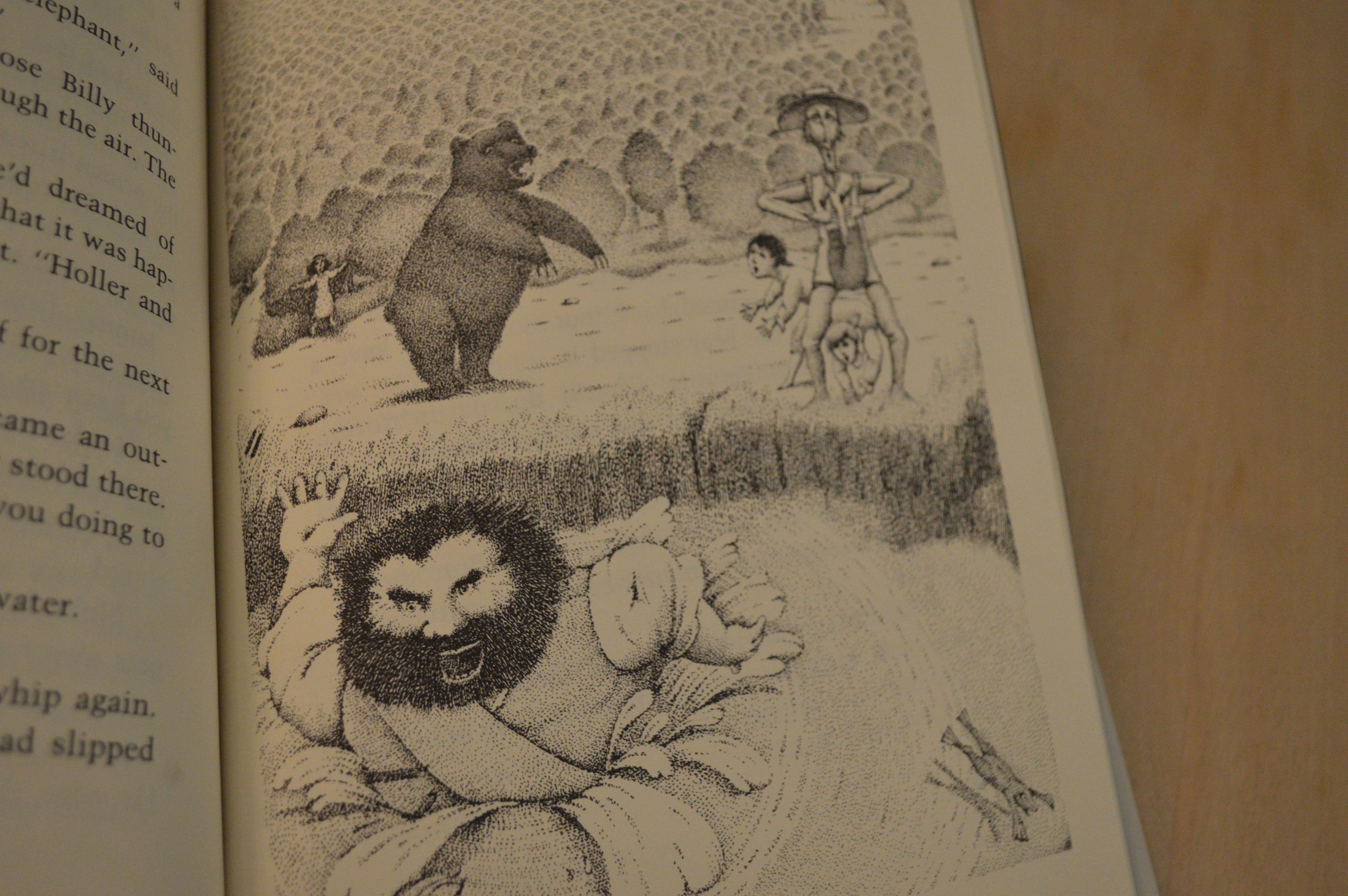
What I liked. I loved this book in fourth grade, when my beloved fourth grade teacher, Mrs. Seitzski, read it aloud to our class after lunch. 25 years later, the same things about the book made love it all over again: the characters! Jemmy-From-the-Streets, Prince Horace, Hold-Your-Nose-Billy and Cutwater, and Petunia the Dancing Bear.
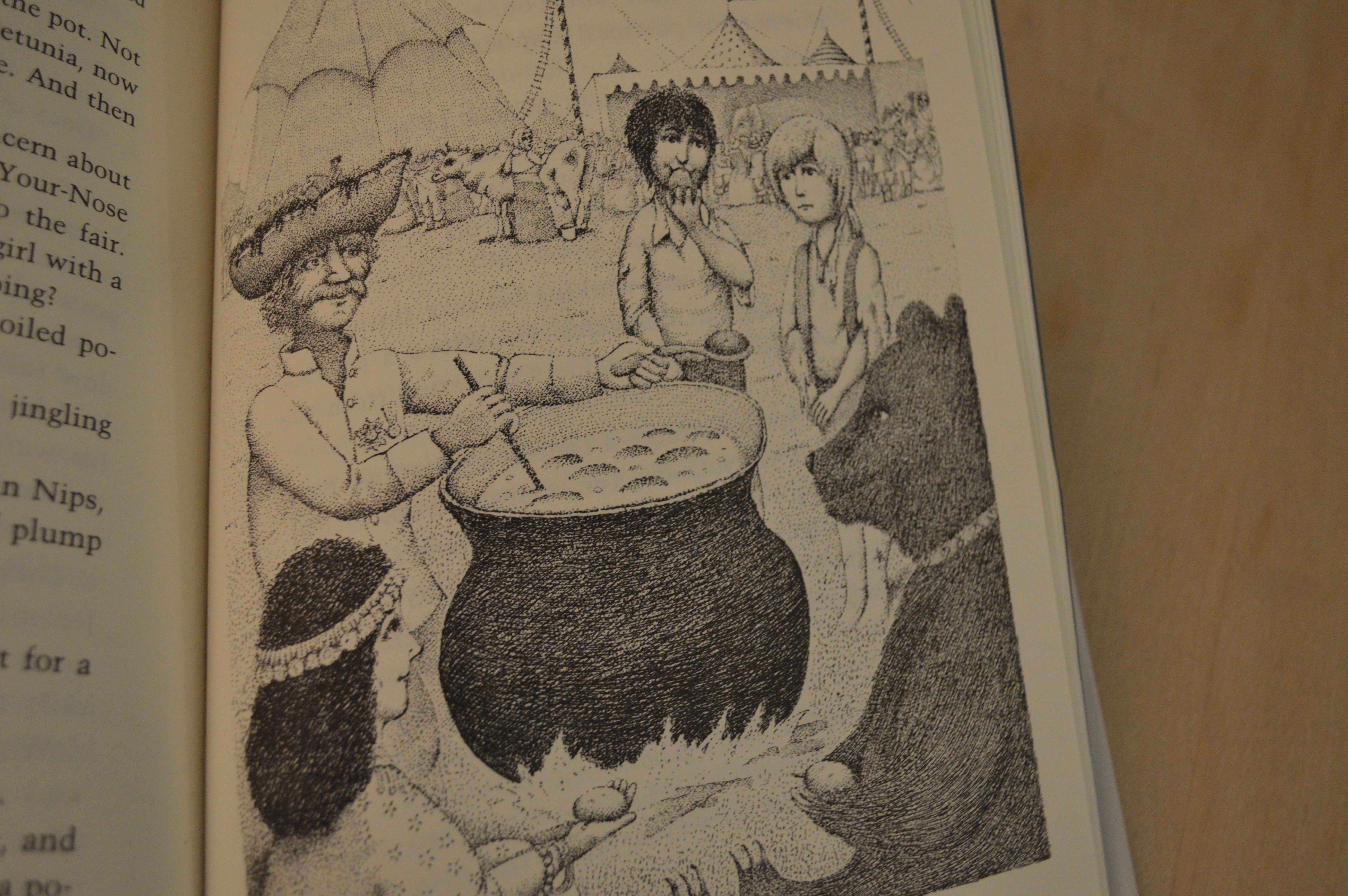
What was interesting. I thought the note from the author about the historical roots of this book was well done, and the most interesting bit was that there really were whipping boys! (Also a good note from an author really can make a book. I recently read Sweep : The Story of a Girl and Her Monster by Jonathan Auxier that had an outstanding note at the end about both the writing process and the historical roots, answering what would likely be some of the most pressing questions of young readers.)
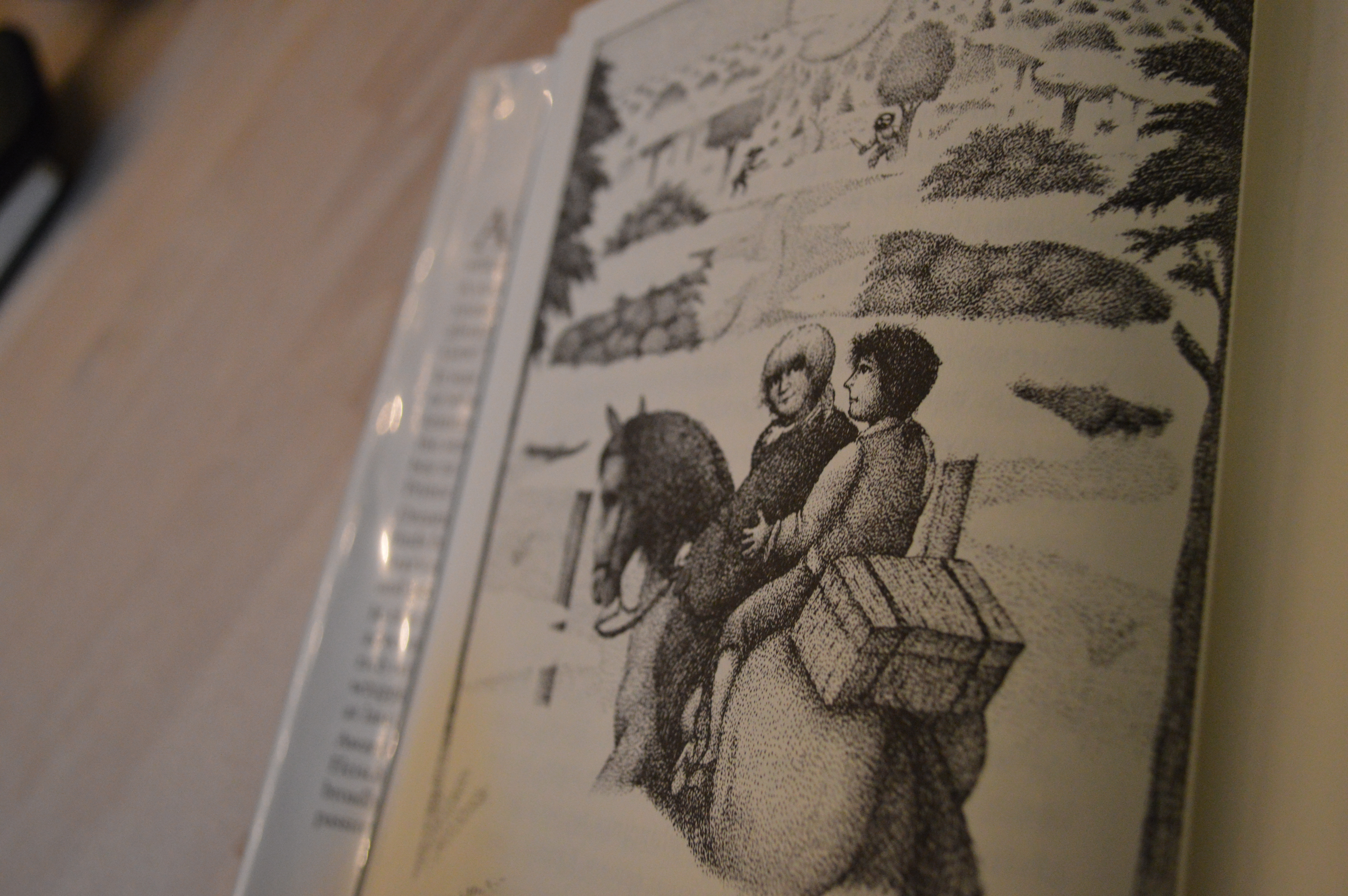
What were some limitations. I don’t really think there are any for this book. One nit-picky question I had was what exactly the time frame of the story was. It doesn’t really say, the illustrations have an 18th century feel with powdered wigs, and the potato man would also mean that it would have a later date since potatoes didn’t come to Europe until the 16th century, but I think it would have been nice to know about what century this was supposed to take place. But that’s more of a historian’s complaint than something that took away from the reader’s experience.
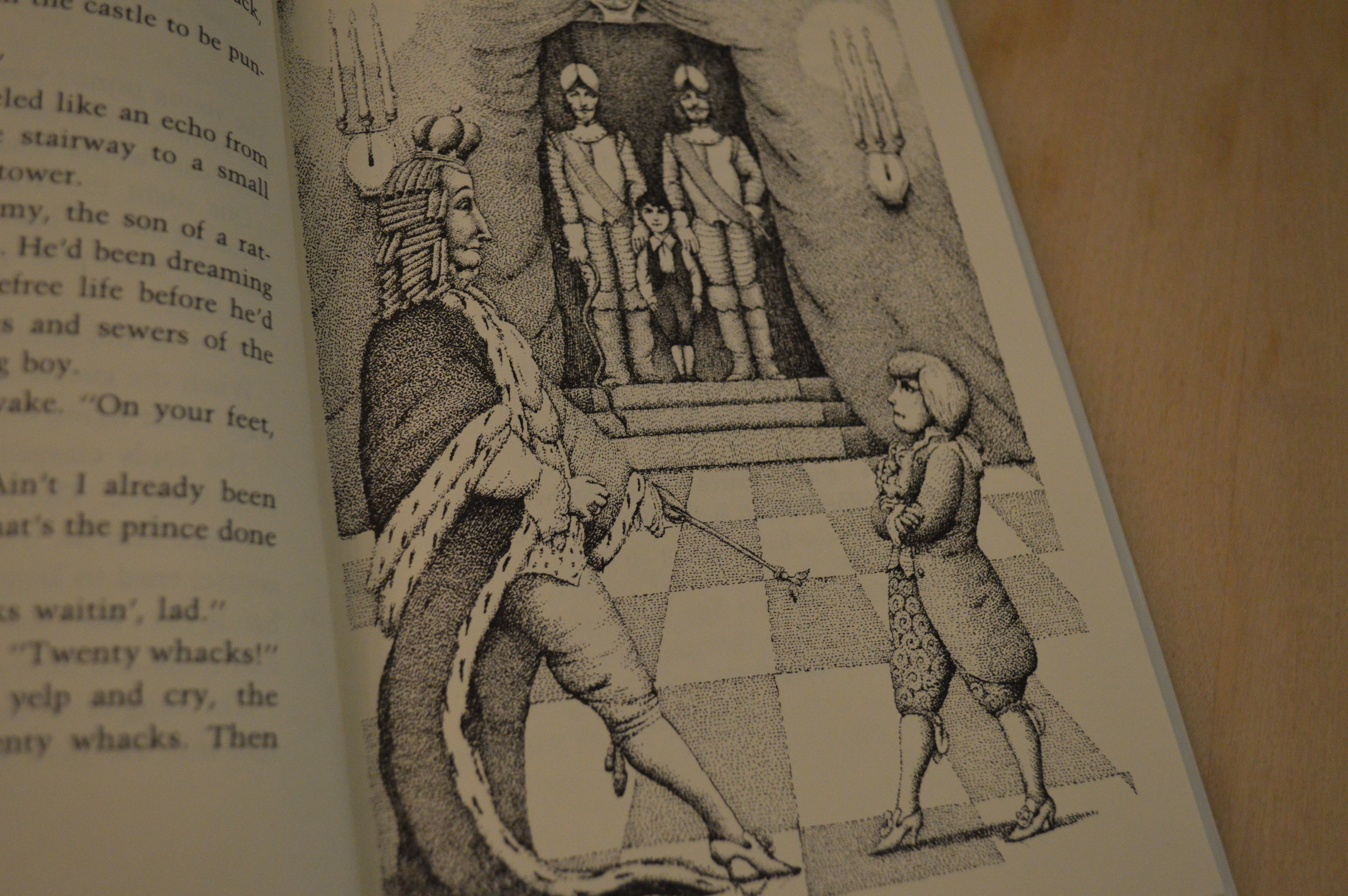
Similarity to other Newbery winners. It feels most similar to medieval set Adam of the Road and The Door in the Wall, although its tone is probably closer to the upcoming Midwife’s Apprentice with humor and redemption of prickly characters.
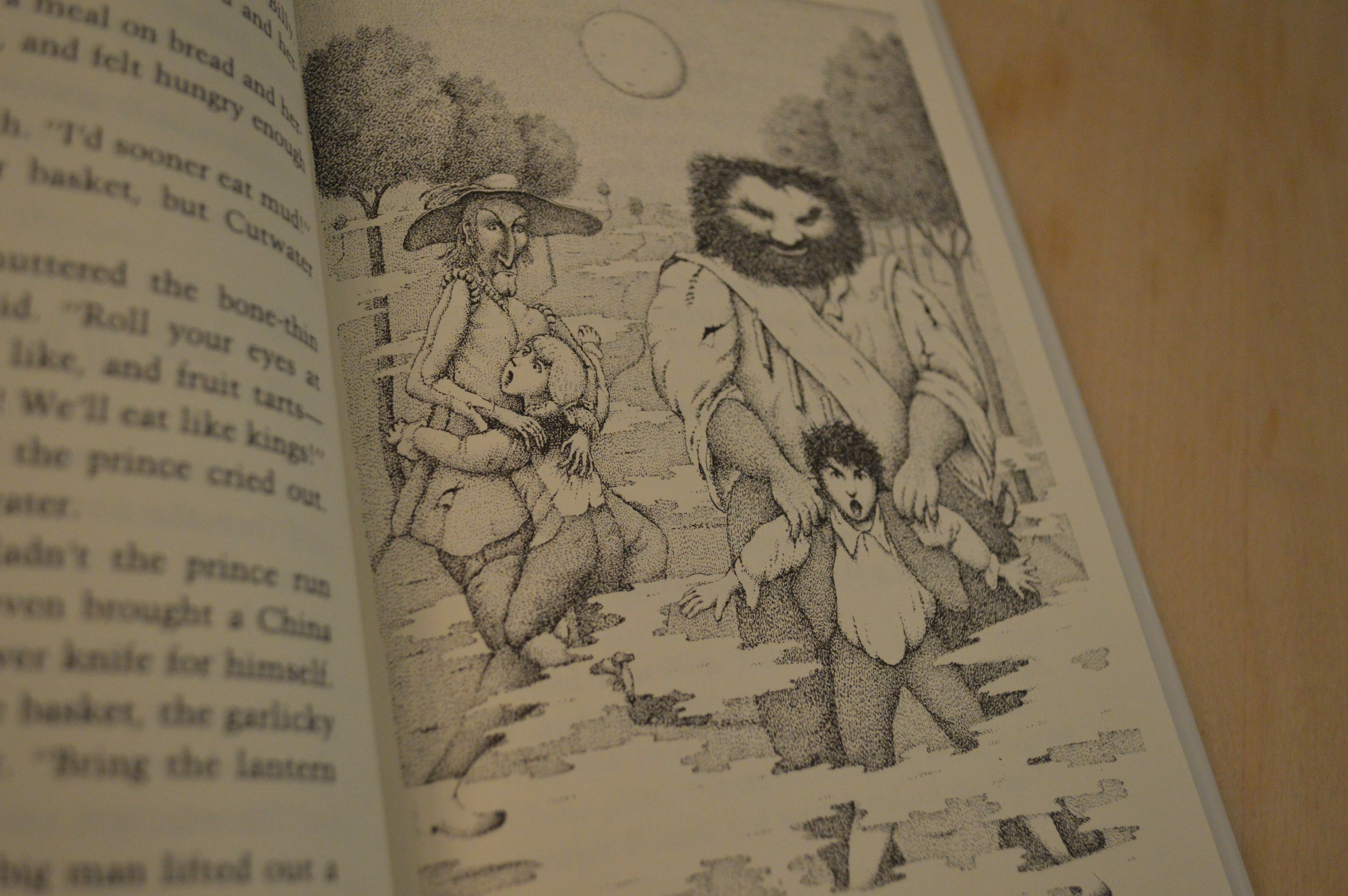
What it teaches me as a writer. Some of my very favorite books have the redemption of very awful traveling companions: Eustace Clarence Scrubb in Voyage of the Dawn Treader by CS Lewis, Ellidyr Prince of Pen-Llarcau in The Black Cauldron by Lloyd Alexander, and Thorgil in Sea of Trolls by Nancy Farmer. (Or the redemption in some of my other favorite stories like Severus Snape in Harry Potter, Ebenezer Scrooge in A Christmas Carol, or Darth Vader in Star Wars). There is something so deeply satisfying about having a character turn from a source of constant annoyance and frustration to genuinely having a change of heart that is born out in sacrifice and true friendship. I also think it’s hard to do, or at least I have a hard time writing a character like that! Perhaps I don’t want to be annoyed by them while I write. In general, I think that I will have to continue growing as a writer to let my main characters make bad choices and be in bad moods. Prince Horace’s transformation reminds me that we can deeply resonate with a character’s redemption.

Have you read The Whipping Boy? What are your favorite books that have a main character redemption story?
*Note* This post contains Amazon affiliate links, which means if you were to buy a book, I’d get a tiny commission at no cost to you. Thanks for supporting Stories & Thyme!*
Love your out loud processing of your growth as a writer!
Thoughts on traveling peacefully with a character whose “character” is immature:
Stay curious about how this flaw may have originated;
Empathize with the difficult formative choices this person may have confronted;
Maintain a future vision of the healed/matured/redeemed character even as s/he evidences annoying behavior in the present.
Bonus—this is also how one maintains grace toward one’s own and other’s growing edges. (From one 1 to another!) 😇